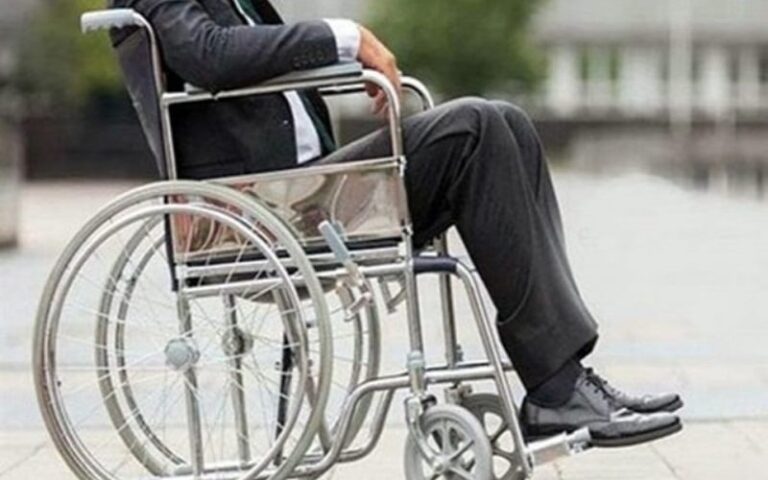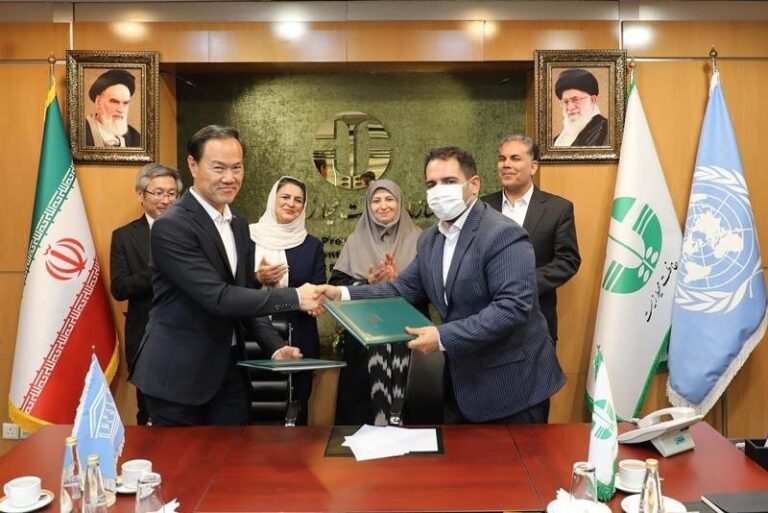Empowering Children with Disabilities: How Earthquake Safety Drills Enhance Preparedness and Resilience
In a significant move towards enhancing earthquake preparedness, the 26th national “Earthquake and Safety” drill took place simultaneously across schools in Iran, focusing particularly on the safety and readiness of students with disabilities and special needs. This initiative aims to equip students with the necessary skills and knowledge to respond effectively in the event of an earthquake, as highlighted by a recent press release from UNICEF.
The primary objectives of these earthquake drills in schools are:
- Raising Awareness: Educating students about earthquakes and natural disasters.
- Preparedness: Training students on how to respond quickly and correctly during such events.
- Community Safety Culture: Promoting a culture of safety within the community and schools.
- Reducing Casualties: Aiming to minimize earthquake-related injuries and damages.
Held on November 27th, 2024, the drill was organized by UNICEF and UNESCO, in collaboration with The International Institute of Earthquake Engineering and Seismology (IIEES). This exercise is part of the ongoing project titled ‘Comprehensive Earthquake Preparedness Education Plan for Children with Special Needs and Disabilities’. This initiative signifies a crucial step towards ensuring that children with disabilities are well-prepared to face natural disasters and can effectively mitigate their impacts.
Moreover, the drill at the special school was not only aimed at promoting earthquake preparedness among children with disabilities but also served as a platform to gather valuable feedback regarding the training materials utilized during the drill. This feedback is essential for refining future training sessions and ensuring they meet the needs of all students.
Enhancing Emergency Preparedness for Children with Disabilities
As part of a globally unique program, known as ‘Earthquake Preparedness Education for Children with Disabilities’, UNICEF and its partners have created three distinct books. Each book is targeted at different stakeholders, including:
- Parents/Caregivers: Providing them with essential information to support their children.
- Teachers: Equipping educators with strategies to assist children with disabilities during emergencies.
- Policymakers: Guiding them in developing inclusive policies for disaster preparedness.
These books, developed in collaboration with UNESCO and IIEES, offer comprehensive guidelines on disaster management, addressing key areas such as:
- Mitigation: Strategies to reduce disaster risks.
- Preparedness: Planning and training to ensure readiness.
- Response: Actions to be taken during an earthquake.
- Recovery: Steps to regain normalcy post-disaster.
The content focuses specifically on children with various disabilities, including those with hearing impairments, mobility impairments, and autism spectrum disorder. The development process of these educational materials involved consultations with:
- Children with disabilities and their families.
- Organizations of Persons with Disabilities (OPDs).
- Teachers from the Special Education Organization.
- Social workers from the State Welfare Organization.
- Aid workers from the Iranian Red Crescent Society (IRCS).
Additionally, four consultative training workshops were organized. These workshops provided a platform for teachers, social workers, and aid workers to learn about effective strategies in supporting children with disabilities before, during, and after earthquakes. This collaborative approach ensures that the resources developed are relevant and practical.
Future Plans for Inclusive Earthquake Preparedness
Looking ahead, UNICEF Iran has ambitious plans to mainstream these vital resources into the annual earthquake and safety drill held in schools. This effort includes the development of an inclusive guideline for the drill to ensure all children, regardless of their abilities, are adequately prepared.
As a pioneering effort, the first earthquake and safety drill specifically designed for children with mobility disabilities was organized at a special school. This initiative not only advocates for inclusivity in disaster preparedness but also aims to strengthen overall earthquake readiness for all children.
The program’s journey is far from over. Plans are already in motion to update the guidebooks to incorporate guidelines for children with vision impairments and to expand the resources available for all types of disabilities. This initiative represents a substantial leap towards inclusive earthquake preparedness, ensuring a safer and more resilient future for every child in Iran, regardless of their disabilities.
In conclusion, the concerted efforts by UNICEF, UNESCO, and local partners highlight the importance of inclusive disaster preparedness and the commitment to foster a safer environment for all children. This proactive approach not only prepares students for potential emergencies but also cultivates a culture of safety and resilience within the community.






